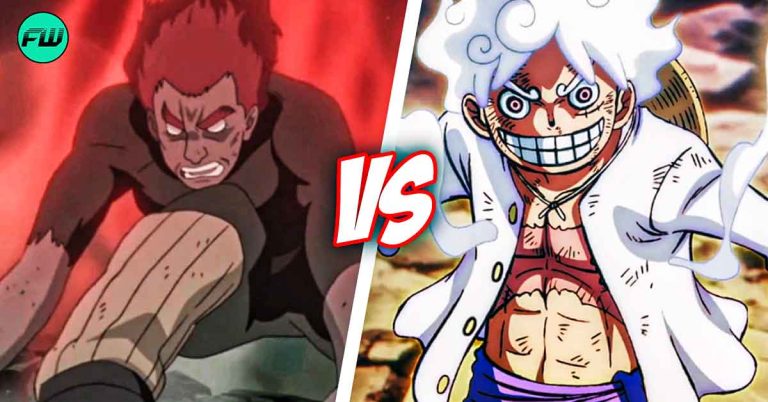Starfield is the latest game by Bethesda, the developer of famous franchises such as The Elder Scrolls and Fallout. It is also one of the most anticipated games of the year and promises to be the latest in the long line of Bethesda’s open world masterpieces. From a high fantasy world in The Elder Scrolls to a post-apocalyptic world in Fallout, Starfield will now take players to outer space.

Also read: Expectations Reach a High as Starfield Fans Complain About “Boundary Reached” Restriction
One of the challenges of writing such massive games with so many different narratives in them, whether they be big like the main quests or small like in side missions, is the writing process. It can be difficult for a team of writers to write so much lore and story content. In a recent interview, the lead designer for Starfield, Emil Pagliarulo, spoke about the writing process of the game.
How did the writing process for Starfield work?
Starfield is a sprawling, open world RPG (role playing game) with many stories to tell, and with that comes opportunities for the writers working on the game to show their creativity. But staying focused on the stories, characters and moments that really mattered can be quite a task, and Email Pagliarulo explained the game’s writing process:
“I come up with the main quest and the main story. I talk it through with Todd, he’ll give me course corrections, we’ll change things, but we were synced up pretty closely. And then I come up with the factions and the high-level storyline of each faction. I come up with the cities, and which ones were occupied. Like Akila City is on the planet Akila and the Cheyenne system — I come up with the high-level world-building. That’s during pre-production.”

Also read: Starfield Dev Discusses How Script and Customization Influenced the Use of a Silent Protagonist
Once the pre – production phase of the game was complete, other designers came onto the team and helped expand the world. Speaking on this next stage of the game development, Pagliarulo said:
“When we start production and the other designers come on, that’s when I will work with the designers to flesh everything out. So the quest designer and the level designer who are assigned to the United Colonies, I’m talking to them. Here’s what the story is, and OK, how about we do this? We’re talking it through and they’ll start implementing it really soon after.”
Pagliarulo also spoke on how he himself, along with the others, stopped themselves from getting distracted while writing:
“The way I was able to do it is really just experience, having done it before. I think Bethesda as a studio and our culture… These are the kinds of games we make, these are the games in our DNA.”
This is a very detailed writing process, and goes through several checks, and one of the most important factors for any kind of writing is editing.
How big a role did editing play in Starfield’s script?
Pagliarulo referred to his experience with previous Bethesda games in helping edit Starfield’s writing, and giving his feedback to his team of writers. He said:
“Even from Fallout to Starfield, really pushing concise dialogue and realistic dialogue. How do people really talk? A lot of that would come out as I would constantly playtest this stuff from the designers. “There’s a lot of dialogue here. I’m clicking like four times, you can cut this down.” So copy editing is a big part of that process! And trimming that dialogue down.”

He also spoke on how the story in Bethesda games is told partly through the environment and not solely through dialogue and exposition:
“The challenge from upfront is: Don’t tell the story through what we call “lore bombs.” There will be environmental storytelling that comes in; the level designers, when they build the levels, will tell half the story. And so we have a much better process in place for every quest line, having a quest designer paired up with a level designer, and then constantly talking and being in sync with each other to help tell the story visually as well as through the dialogue.”
Clearly, there’s a lot of thought that goes into every word spoken in Starfield, and how the story is shown overall to the player, whether it be through dialogue or through the surroundings.
Source: Polygon









